stars

'It's A Twin!’ Sun & Other Stars In The Universe Found Out To Be Born With A Twin, Evidences Found Through Perseus Cloud

ALMA Finds Biological Basis Of Life In A Group Of Infant Sun-Like Stars
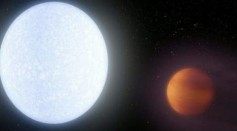
Blue A-Type KELT-9 Star, KELT-9b Planet Found As Hotter Than Most Stars
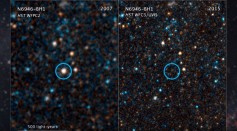
Black Hole Quietly Born From Collapsing Massive Star That Skipped Its Supernova Stage

Two New Exoplanets Orbiting Red Dwarfs Discovered To Have Saturn-Like Mass
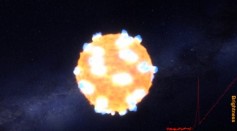
Rare Supernova Explosion Flooded Star With Calcium & Other Elements, Discovered By Astrophysicists
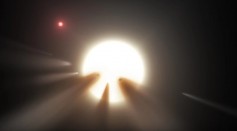
Why Is The Boyajian's ‘Tabby’ Star Dark? Alien’s Built Megastructures, Black Hole Disk, Eaten Planet Pointed As Reasons
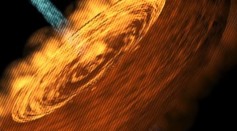
First Clear Image Of Accretion Disk ‘Space Hamburger’ Being Eaten By Young Star; Captured By ALMA In Amazing Photos [WATCH]
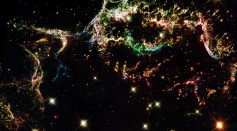
Secrets Of Stars: Life And Death Of A Supernova
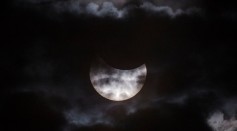
NASA Readies Satellites For The Alignment Of Stars And Planets
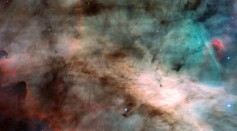
Blink And Miss: Astronomers Will Monitor The Star 'Beta Pictoris' Without Blinking For 200 Days
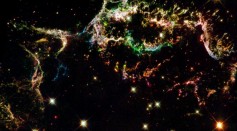
Astronomers Relates Star Explosions To Baby Supernova
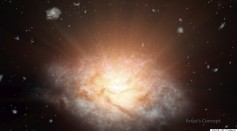
Brightest Galaxy Ever Discovered Could Contain 300 Trillion Suns
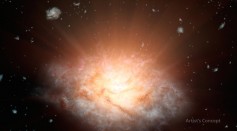
Finding the Most Luminous Stars In the Sky
Most Popular

How Technology Is Changing the Real Estate Industry?

Study Reveals High Turnover in Scientific Research Careers: What This Means for Future Scientists

How a Plant-Based Diet Can Protect Against Breast Cancer: Insights from Nutrition Research

Why It's So Difficult to Lose Weight: The Biological Explanation Behind Obesity






